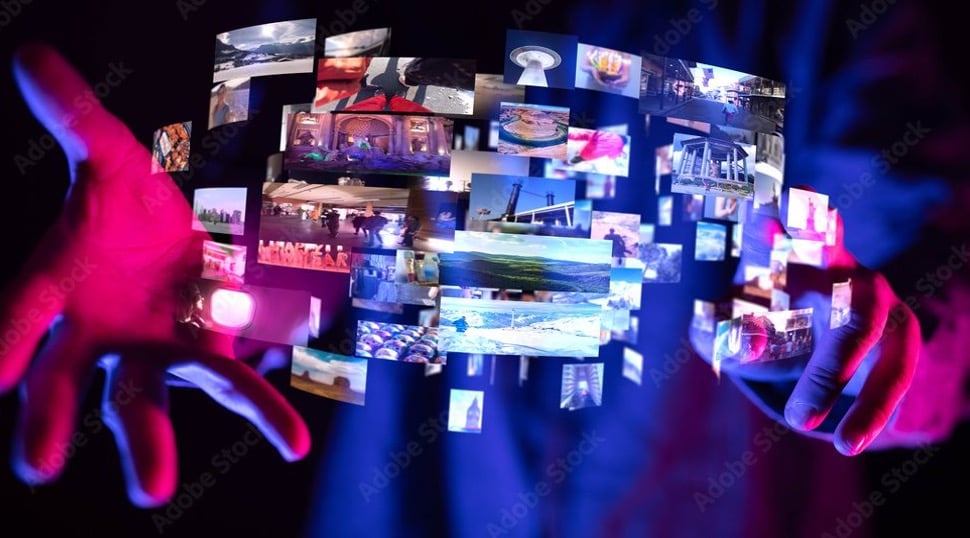A closer look at streaming: What works? What potential still exists?
Start a series after work or search for good how-tos and tutorials on YouTube during working hours. Amazon, Netflix, YouTube and the media libraries of public broadcasters are just a few examples of the sheer diversity of streaming offerings. But once you look beyond the obvious scenarios, even more possibilities open up for using video streaming.
Video streaming is essentially the retrieval of videos from the Internet and the caching of small portions of the video on the local hard drive of the user device. In the following, we look at current usage and also areas where video streaming still has potential for further development.
How is (video) streaming used?
The technology of video streaming is primarily used by major entertainment providers to bring movies, series and live formats to viewers' devices. But it has long since ceased to be a pure entertainment phenomenon. Corporations are also using streaming to distribute educational content or for daily meetings. In this way, companies make their events more accessible, as employees can participate from anywhere. In addition, an in-house event, provided it is recorded, can still be accessed later as a kind of video-on-demand content.
In addition to pure video streams, some companies use additional technological features, such as real-time translation, especially for live broadcasts. In this feature, an AI listens to the speaker during the event and transcribes the spoken word in the target language on the screen. Low latency or ultra low latency solutions are available so that users in several countries can watch the stream with the lowest possible delay.
Live streaming is most widely used on Twitch and YouTube, in addition to social media. Here, influencers play the latest video games, react to other videos, talk to their followers, or proudly present the latest achievements of the last shopping spree.
With better and faster internet connections, providers and influencers can also create personalizable experiences with streaming. In addition to quizzes, polls, live comments and reactions for various purposes, Netflix, for example, now also offers interactive films and series in which viewers can influence the further course of the story by making their own decisions or can talk to each other while watching the films via an integrated chat without missing any of the film's content.

In which areas does streaming still have potential?
Video streaming is currently still mainly used in corporate communications on a smaller scale, such as team meetings. Large events such as congresses are streamed live less frequently, even though the trend here is clearly upwards. The necessary technology is already available. Providers that handle data in compliance with GDPR even allow government institutions or banks to use the technologies for internal meetings and large digital events.
Accessibility through AI-assisted transcription solutions, live captioning, and image recognition opens up enough opportunities for people with disabilities to use the technologies. Image recognition software, for example, in conjunction with live captioning and text-to-speech, can ensure that visually impaired people can participate in live streams. Live captioning alone already enables hearing-impaired viewers to participate. Technology has developed so well in recent years that current solutions have minimal error rates in automatic speech/image recognition. As a result, people with hearing disabilities can now use audio livestreams and podcasts through this technology.
An interesting development is also evident in medicine. Here, useful application examples are offered in remote diagnostics. However, to ensure that patient data remains secure and nothing goes wrong during transmission, special requirements are necessary for the software and hardware used, which only a few of the streaming providers already meet.
The rapid progress shows more and more ways to use streaming not only in entertainment, but also for teaching and knowledge transfer. The pandemic, for example, meant that even school lessons had to be live-streamed for a transitional period. This pushed many students, teachers and parents to their technical limits, but it also had a positive side effect: the rapid development of the necessary technologies, which we can now use all the more to find new solutions to familiar challenges.
Kommentar

May 31, 2023
Comments